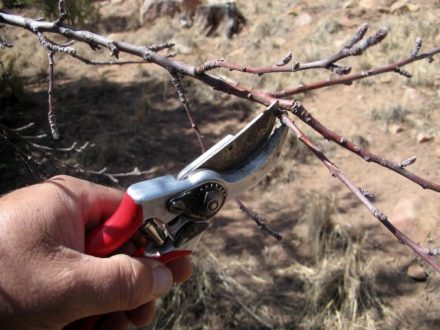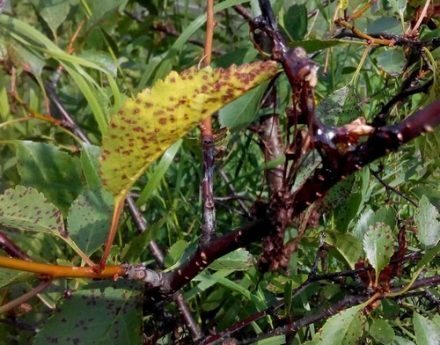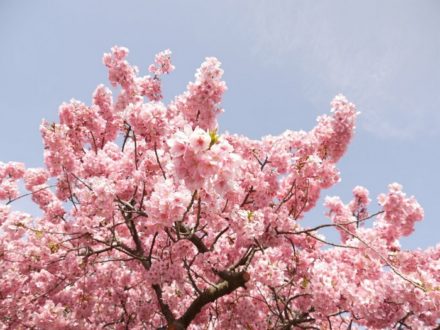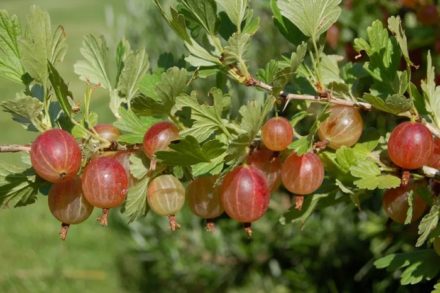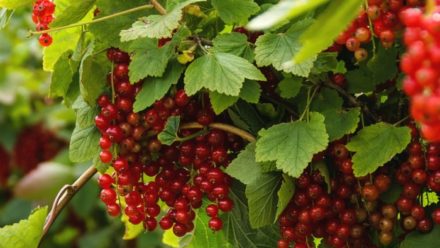The cherry harvest is harvested in July, but this does not mean that the tree can then be ignored. Gardeners simply have to take care of their fruit crops before the cold weather arrives. The cherry tree, exhausted by fruiting, must regain its strength, then next year it will definitely delight you with an abundance of berries. To do this, you will need to carry out 5 agrotechnical measures.
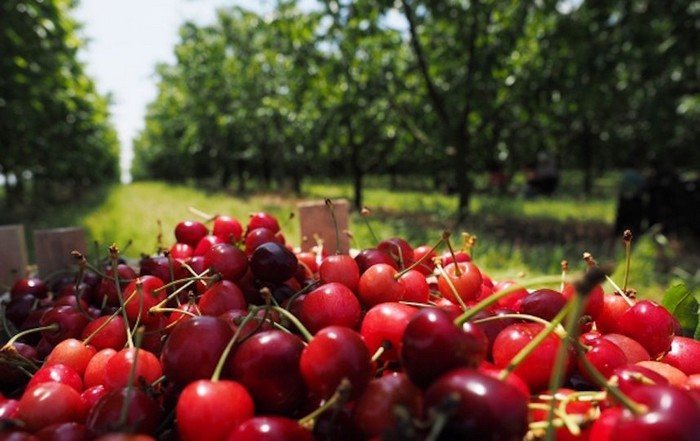
Summer pruning
After the last berries have been picked from the cherry tree, it is necessary to carry out stimulating pruning. To form the crown, they choose another time of year - spring or autumn, when the movement of sap inside the branches is not so active.
In August, last year’s fruit-bearing branches that are bare are cut out. Fresh growth is shortened to 30 cm. Such pruning will cause branching of shoots, which will contribute to a bountiful harvest in the new season. At the same time, you can thin out the crown, if necessary, remove tops, damaged branches and root shoots.
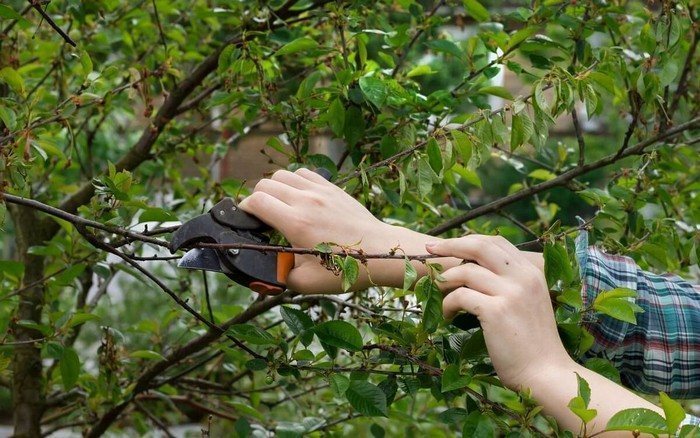
Feeding
After fruiting, the tree continues to be fed. Applying fertilizers will allow the cherries to regain strength, strengthen the immune system and survive the winter safely. Only in this case can you count on good yield in the future. Starting from the second half of summer, the tree should not receive nitrogen fertilizers to stimulate the growth of new shoots.
Preference is given to compositions with a high content of potassium and phosphorus.For quick delivery of nutrients to the roots, foliar feeding is ideal. The tree is sprayed with a solution of superphosphate (25 g/10 l of water) and a solution of wood ash (2 cups/10 l of water).
The next feeding is carried out in September or October. Superphosphate granules (60 g/sq. m) and a solution of potassium sulfate (25 g per 10 liters of water) are added to the tree trunk circle. A specialized fertilizer for fruit trees marked “Autumn” is also suitable. Once every 3 years, during autumn digging, organic matter is placed under fruit trees (4–5 kg/sq. m of compost or humus).

Abundant watering
In early August, cherries are watered abundantly, combining irrigation with the last summer feeding. Both of these events are important, since it is in August that the buds of the next year are laid. The next watering is carried out in the fall, it is called moisture recharging.
In rainy weather, you should not water the cherries. However, if the autumn is dry, this must be done. It is necessary that the soil surrounding the earthen ball with roots be thoroughly saturated with water - this will protect the root system of the tree from freezing. Water-recharging irrigation is carried out after leaf fall, when the air temperature drops to + 2–3 °C.
You can check whether the tree has received enough moisture by digging a hole 40–50 cm deep next to it and taking out some soil for testing. If the soil crumbles, you need to add another 3-4 buckets of water; if the soil has stuck together into a lump, there is no need to water.
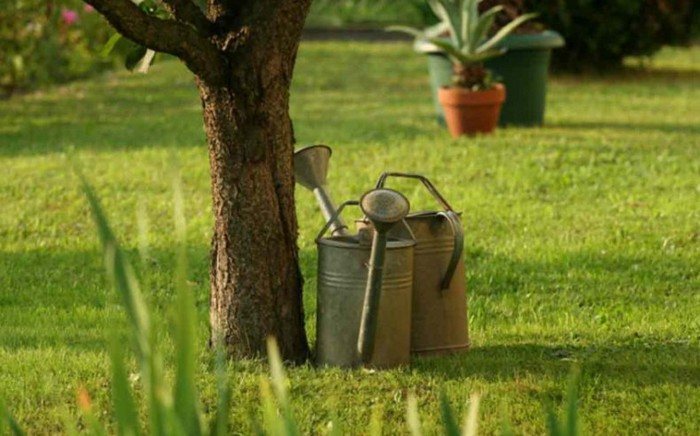
Processing the tree trunk circle
You need to monitor the cherry tree trunk not only at the beginning, but also at the end of the season. The soil should not be allowed to become overgrown with weeds.Weeds deprive the tree of nutrition and moisture, and, in addition, contribute to the proliferation of pests. The soil must also be loosened to a depth of 15–17 cm, being careful not to touch the roots.
Loosening is carried out carefully with a rake or cultivator. At the same time, rhizomes of weeds and pest larvae are removed from the dug up soil. After treatment, the tree trunk circle is mulched. Hay, sawdust, and chopped straw are used as mulch. As organic matter decomposes, it will provide the tree with additional nutrition, enriching the soil with humus.
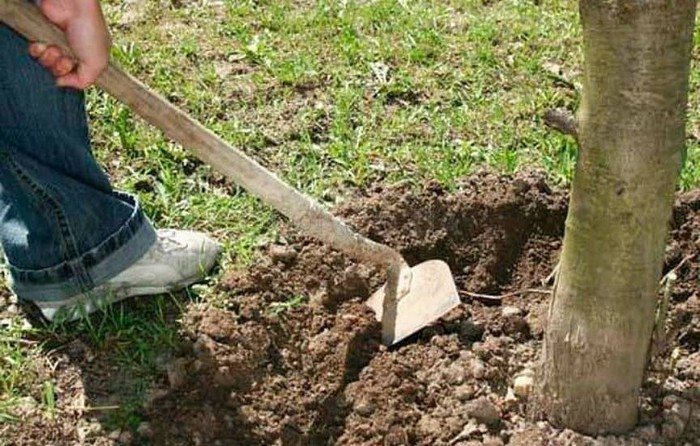
Protective measures
After picking the berries, it's time to take care of the health of the cherries, especially if they show symptoms of disease or pest damage. Signs of trouble appear in the form of yellowish or dark spots, cobwebs, and perforated areas on the leaves.
Cherry diseases are often fungal in nature. Such infections are well treated with Horus. To destroy pests, use “Karbofos” or “Atkara”. Treatment is carried out twice with an interval of 1.5-2 weeks.
If there is gum on the trunk or skeletal branches, it must be removed with a wooden spatula or a dull knife. Then the affected area of wood is washed with a 1% solution of copper sulfate.
After this, garden varnish is applied as a protective layer. When the leaves fly off the tree, the cherry trunk must be whitened to a height of 1.5-2 m. A solution of lime with the addition of copper sulfate will disinfect even minor damage to the bark. In winter, whitewashing will provide protection from frost damage and bright sun.
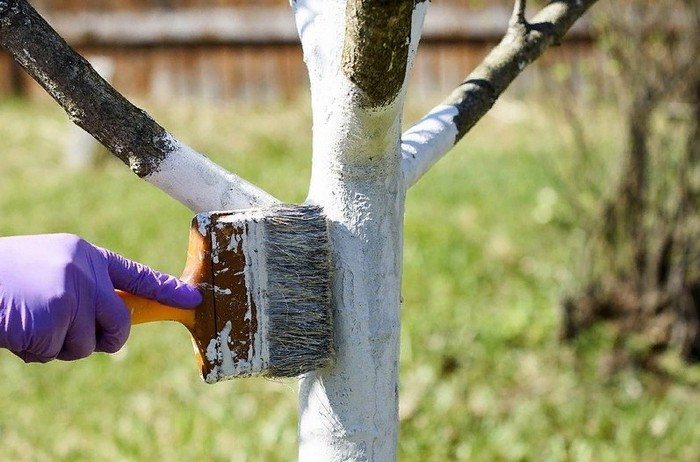
In order for cherries to produce good harvests, you should worry about this in advance.The tree is fed, watered, and treated against diseases and pests. Stimulating pruning won't hurt either. At the same time, the tree trunk circle is treated. Before winter comes, the trunks need to be whitened. To achieve an effect, all activities must be carried out comprehensively.



